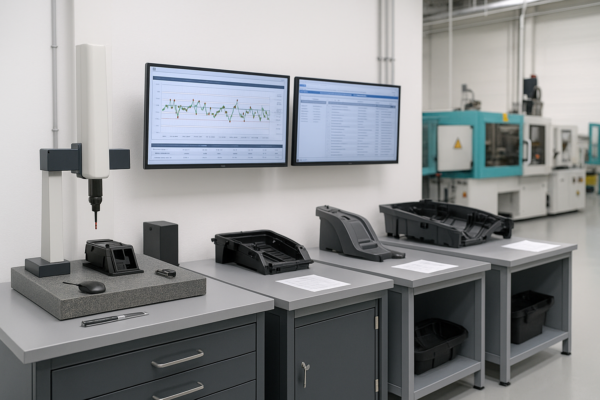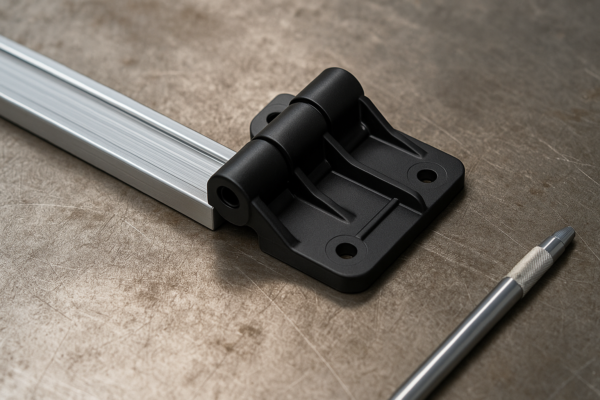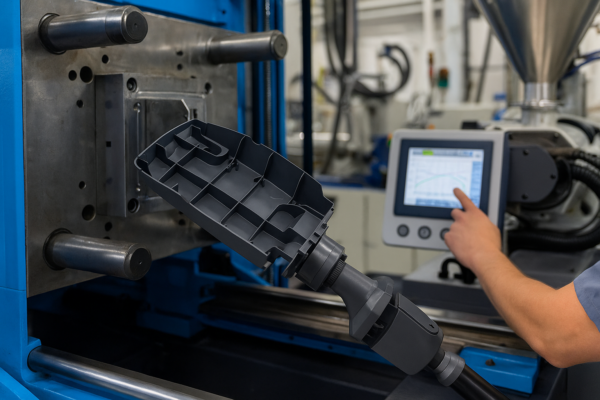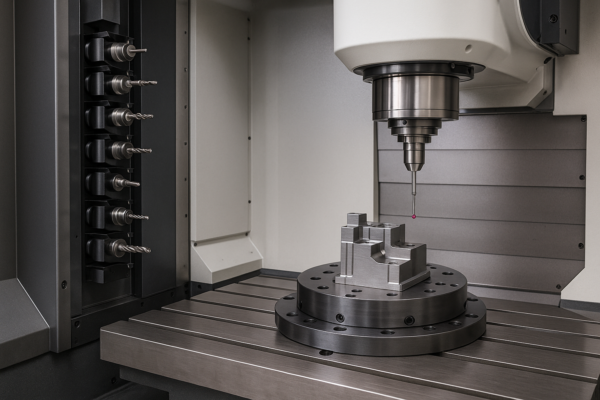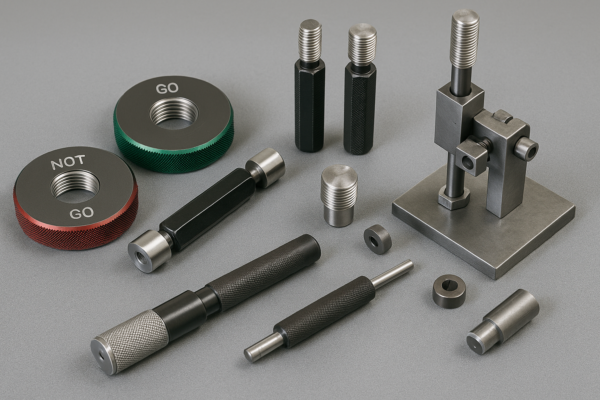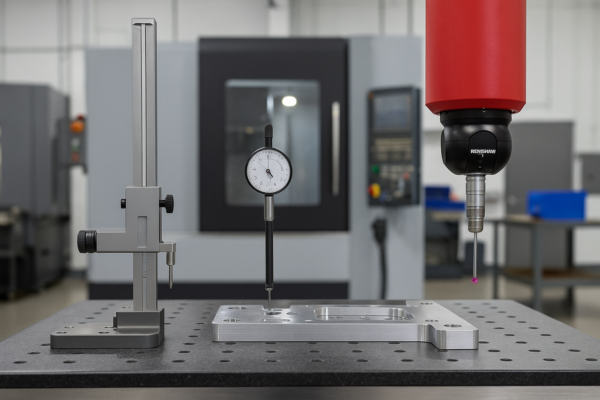How to Choose a Custom Welding Parts Manufacturer for Your Industrial Project?
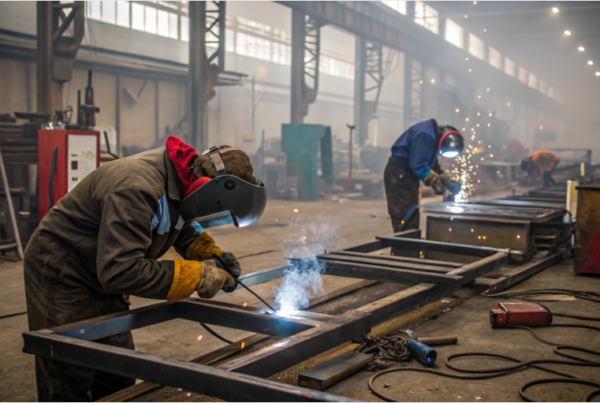
Welding parts failing during use? That’s not just costly—it’s dangerous.
Choosing the right welding parts manufacturer1 ensures safety, quality, and delivery reliability. Evaluate process types, certifications2, and logistics efficiency before committing.
Poor welding quality or late shipments can lead to lost revenue and project delays1. Stay with me to learn how to choose a reliable welding parts supplier2 and avoid those risks.
Why Welding Parts Quality Matters in Heavy Industry?
Welding defects cause machine failure, injury, and downtime. That risk grows in sectors like oil, energy, or transport.
In heavy industries, poor welding1 leads to structural weakness, frequent repairs, or compliance violations. Quality welding extends equipment life and ensures operational safety.
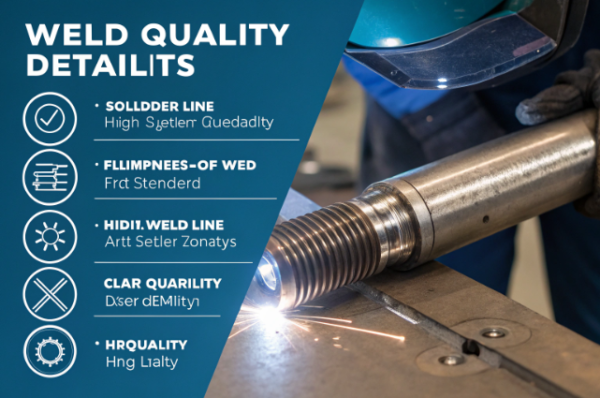
The True Cost of Poor-Quality Welding Parts
Choosing low-quality welding parts1 might seem cheaper at first. But that saving doesn’t last long. Structural failures can damage machines or endanger workers. I’ve seen clients lose tens of thousands of dollars due to poor weld strength2 or misaligned joints.
Here’s how poor welding parts can affect your operation:
| Risk Type | Consequence |
|---|---|
| Weak welds1 | Structural failure under stress |
| Inconsistent joints2 | Increased wear and maintenance |
| Material mismatch | Corrosion or fatigue cracking |
| Lack of testing | Hidden defects, compliance failure |
That’s why at Prime, we follow strict ISO welding quality systems1 and ensure each part passes NDT (Non-Destructive Testing)2. We don’t guess—we measure.
Our Welding Advantage
- All welding processes comply with ISO 3834 standards1
- Only certified welders operate our stations
- Each part undergoes ultrasonic or radiographic inspection2
- Welding materials and wires come from top brands only
When you choose Prime, you get precision-built, tested, and traceable1 welding parts2 that work.
MIG vs TIG vs Laser: Which Welding Process Suits You?
Every project has unique needs—your welding process1 should match those needs.
Different welding process1es serve different metal types, tolerances, and applications. Understanding MIG, TIG, and Laser welding2 helps you select the right process.
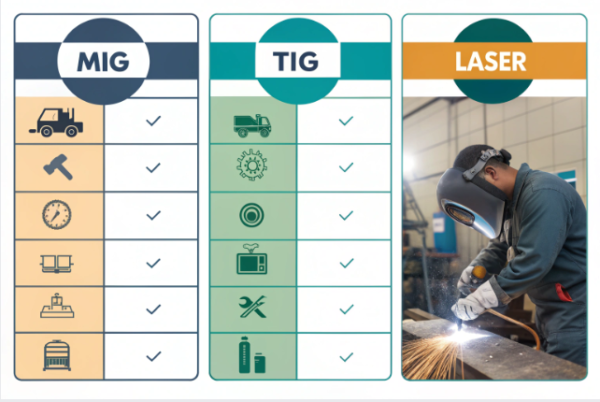
Understanding the Welding Methods
Let’s compare MIG, TIG, and Laser welding for your custom parts:
| Process | Material Suitability1 | Strength | Precision2 | Speed |
|---|---|---|---|---|
| MIG | Steel, Aluminum | Medium | Low-Medium | Fast |
| TIG | Stainless, Thin Metals | High | High | Slow |
| Laser | Most Alloys | Very High | Very High | Fast |
- MIG works well for large-volume production and thick metals.
- TIG is ideal when you need precision or have thin components.
- Laser suits high-end parts that require minimal heat distortion and a flawless finish.
At Prime, we offer all three methods1 in-house. We recommend the best fit based on your drawing, tolerance2, and end use.
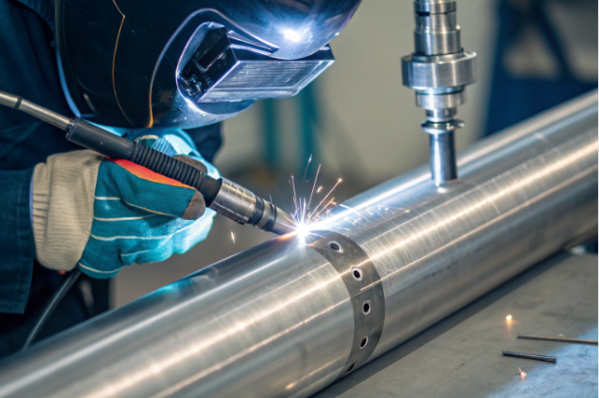
Choose Based on Application
If your product operates under vibration or heat (like a turbine or pump), TIG or Laser1 ensures better fatigue life. If you’re welding frames or support brackets in large batches, MIG might be more cost-effective.
We work with you from design stage, suggesting the best method and even prototyping before production. That’s part of our one-stop service advantage2.
ISO Certified Welding Parts Manufacturer Checklist
Don’t just ask “Can you weld this?” Ask how they weld, inspect, and verify.
A reliable welding parts supplier must hold ISO certification1, offer inspection reports2, and maintain traceability. These prove their process and part quality.
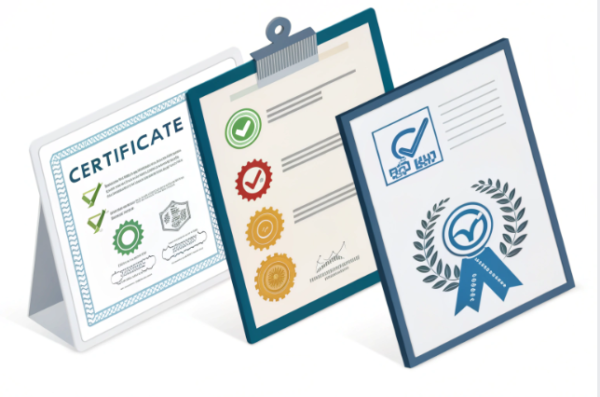
Supplier Audit Checklist
Here’s how I audit welding suppliers for large clients:
| Checklist Item | Why It Matters |
|---|---|
| ISO 3834 / 9001 certification1 | Ensures standardized welding and quality process |
| Certified welders (AWS/EN) | Guarantees consistent skill level |
| Weld inspection records | Proves internal QC and traceability |
| NDT testing available | Identifies internal flaws before shipping |
| Materials documentation | Verifies metal origin and compatibility |
| WPS (Welding Procedure Specification) available2 | Shows documented, tested methods |
At Prime, we tick every box. We even provide free inspection photos and testing reports before shipment.
Our Certifications and Quality Promise
We know that engineers like Kevin—especially from the US—demand documentation, not just promises. That’s why:
- We share WPS and PQR documents1 on request
- All welders have passed EN ISO 9606 certifications2
- Our welding lines undergo monthly audits
- Each batch is traceable via lot numbers
Quality isn’t a slogan. It’s a system. And we live by it.
How to Ensure Fast Delivery and Secure Packaging?
Even great parts are useless if they arrive late or damaged.
Fast delivery1 and strong packaging2 protect your project timeline and part integrity. Choose suppliers with logistics control and export-grade packaging solutions.
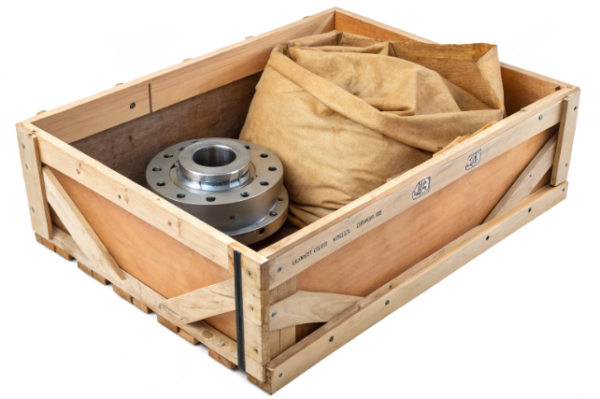
Managing Lead Times and Logistics
Delays kill margins. I’ve seen projects lose an entire season because of a 3-week delay in welding part delivery.
To avoid that:
- Check if the factory has in-house lines1 (not subcontracting)
- Ask about average lead time2 and stock parts
- Ensure they manage customs and shipping directly
At Prime, we manage 10 production lines and support urgent orders. Our standard lead time for custom welding parts is 15–20 days, and we ship globally via trusted carriers like DHL, Maersk, and FedEx Freight.
Secure Industrial-Grade Packaging
Packaging is often overlooked—but critical. Our customers ask for:
- Foam-lined wooden crates1
- Rust-proof sealed bags
- Barcoded labels per pallet
We go even further by photographing packaging before shipment and offering video inspection for large orders2. That helps clients like Kevin feel confident, even 12,000 miles away.
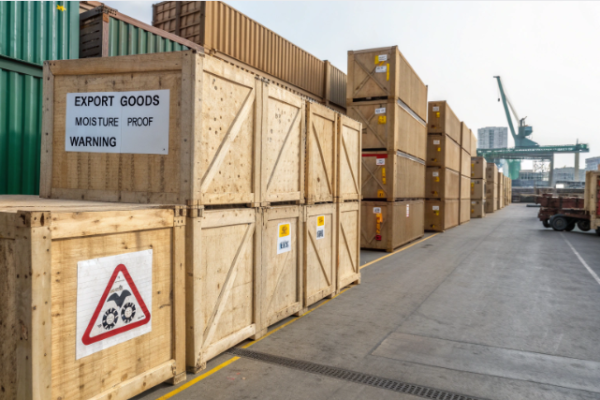
FAQs
Q1: Can I order small batch custom welding parts from Prime?
Yes. We support low-volume prototypes and samples before mass production.
Q2: What materials can Prime weld?
We weld stainless steel, carbon steel, aluminum, titanium, and custom alloys.
Q3: How do you ensure the welding part meets tolerance specs?
We use 3D inspection, laser alignment, and full documentation per drawing.
Q4: Can you ship to the US or Europe directly?
Yes. We have long-term partners in North America, Europe, and the Middle East for fast, safe delivery.
Q5: What payment methods do you accept?
T/T, PayPal for small orders, and L/C for large contracts are all accepted.
Q6: How do I request a quote?
Send us your drawings and quantity requirements at [email protected] or visit https://primecustomparts.com
Conclusion
Choose a certified, fast, and experienced welding parts supplier like Prime for your industrial needs.
Looking for a trusted custom welding parts manufacturer that delivers fast, certified, and high-quality components?
Contact Prime now for a free quote, drawings review, and expert consultation.
We help global clients source reliable industrial welding parts—fast, tested, and packed to protect.
🌐 Website: https://primecustomparts.com
📩 Email: [email protected]
Let’s build your industrial project with parts that never fail.

